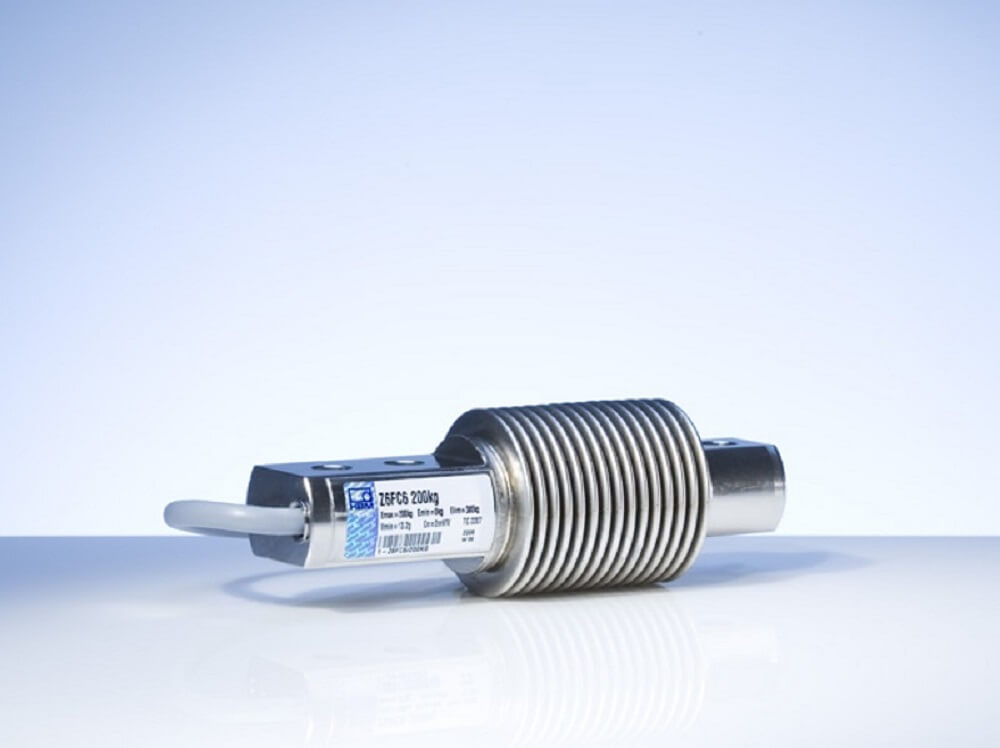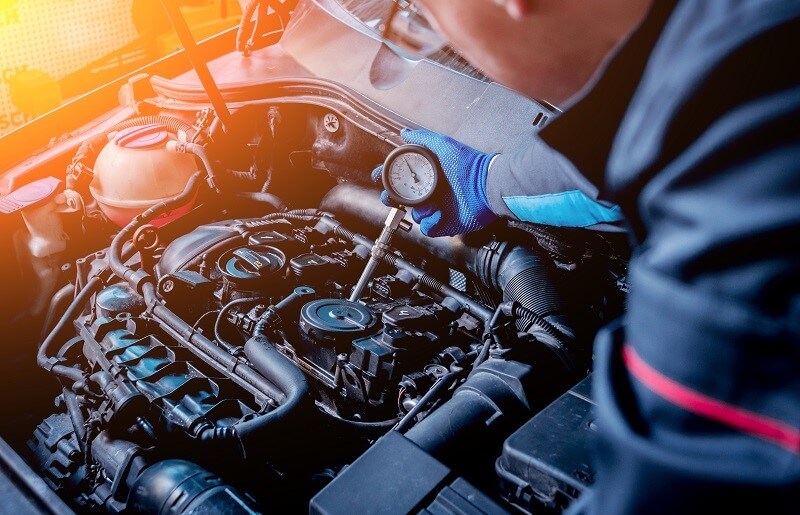The motorsports of today need to meet extremely demanding requirements and require an array of onboard sensors for precise monitoring and control. Only perfectly designed systems and accurate Motorsport Sensors can provide sustained top performance and maximum efficiency during operations.
The Motorsport sensors-
Motorsport sensors are used in the chassis and engine of motorsport and offer great reliability with the highest signal quality. Customized onboard sensors solutions can help the engineers to detect any issues and problems with the motorsport at an early stage. Moreover, these motorsport sensors require a minimum of space and enhance engine performance and keep an eye on different kinds of systems in the chassis and engine of motorsport. These sensors are much needed in motorsport to control and monitor linear and rotational movements accurately.
Based on the need and function, one comes across various types of motorsport sensors available in the market today.

Different kinds of Motorsport sensors-
Different sensors are needed for measuring cylinder pressure, engine performance, monitoring of other sensors, and more.
- Throttle position sensors – Also known as TPS, these sensors are mounted on the throttle body and keep an eye on the position of the throttle valve. The throttle position is converted into a voltage signal which is sent to the engine control unit.
- Suspension monitoring sensors – A mort sports performance relies on the balanced suspension, and this is why there is a need for the Suspension monitoring sensors. These sensors are used in the active suspension systems and measure the suspension movement precisely.
- Gear position sensors – The Gear position sensors monitor the faster and more consistent sequential shift in the manually rotated selector drum or the electro-hydraulic actuator. The driver can operate the gearshift based on the data he gets from the Gear position sensors.
- Clutch position sensors– The automatically operated racing car clutches are manually operated by the driver when moving from a standstill. Clutch position sensors allow the driver to execute gear changes accurately and successfully because of these motor sensors.
- Brake calliper sensors– The brakes are perhaps the hardest working parts on motorsport. This is where the Brake calliper motorsport sensors steps in and allows the engineers to monitor any wear and tear in the high brake experience for optimum performance.
- Pedal monitoring sensors – The pedal position motorsport sensors monitor throttle and brake pedal movement. These sensors are mounted with the operating shaft and can be rotary or linear in operation.
- Steering angle sensors– The Steering-angle position sensors monitor are mounted on the steering column and measure steering wheel movement. It is vital for the race engineer to evaluate steering angle information for a smooth performance.
- Brake balance sensors – The Brake balance systems are often adjusted remotely in motorsport vehicles. Based on the ever-changing track and tyre conditions, the driver needs to adjust the gap between the front and rear brake systems. The Brake balance allows him to do that and helps him lower lap times.
Today, the technology behind motorsport sensors has advanced, and new sensor designs are being created to meet the special requirements of motor racing. These sensors are capable enough to meet the needs of professional motorsport applications. The sensors can operate at high temperatures and are insensitive to high vibrations and shocks. Moreover, they are smaller in size but becoming increasingly powerful and competent.
Look for a reputed motorsport sensors company that specialises in manufacturing sensors for data acquisition and control in motorsport. Pick from an extensive range of measurement sensors based on leading-edge technology. It is a good idea to opt for customised active motorsport sensors based on the specific needs in motorsport.








